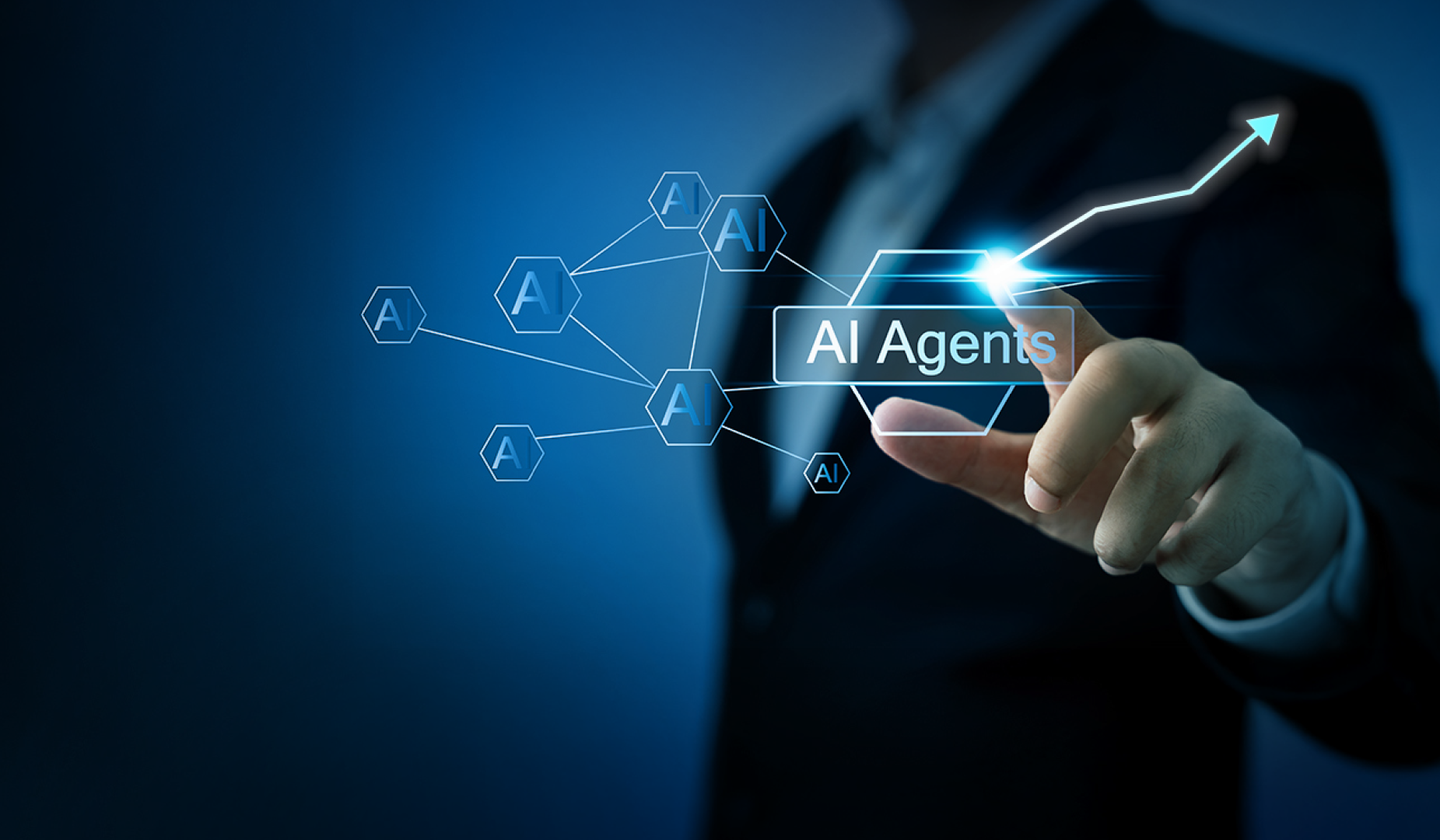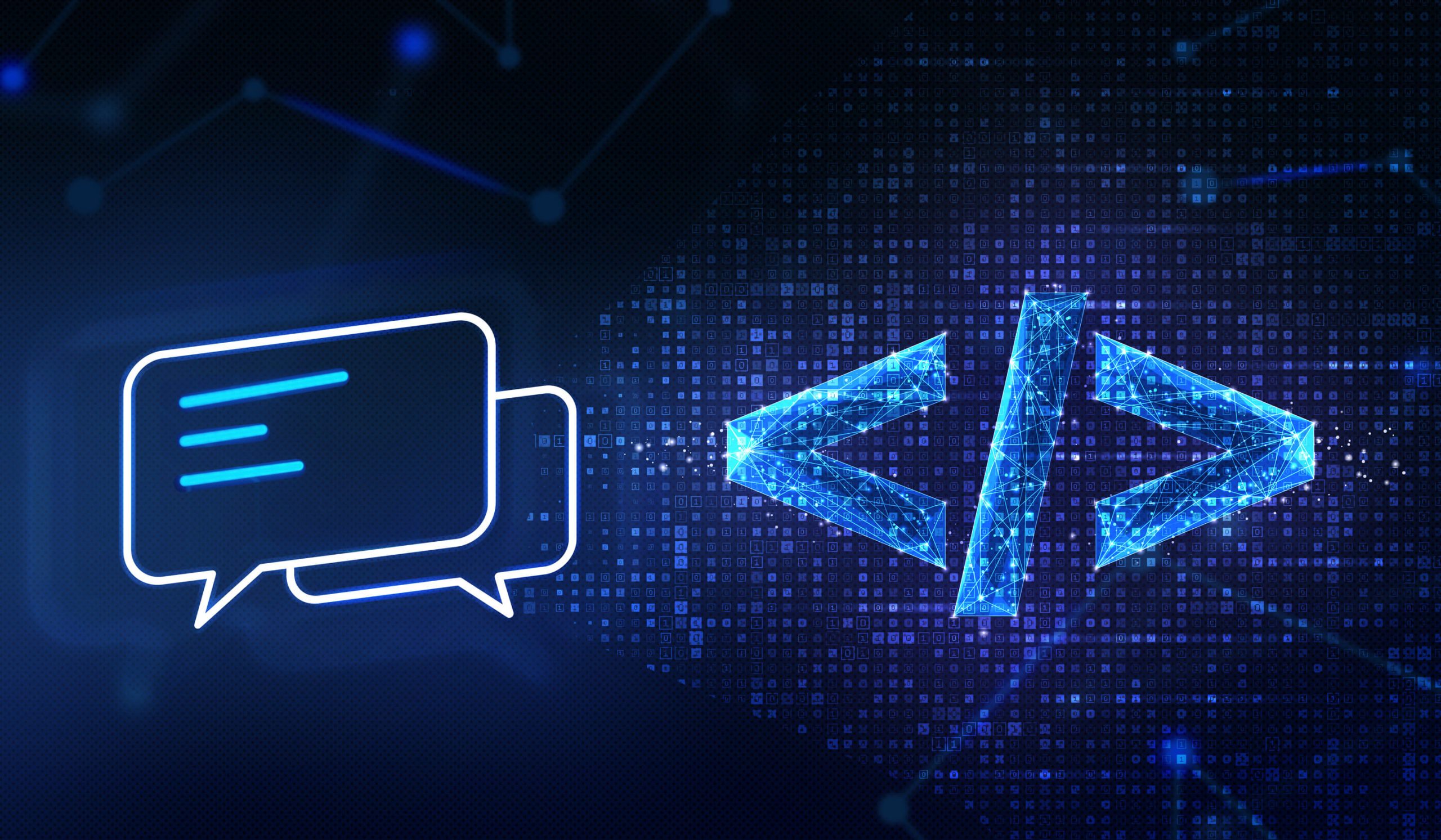I once watched a campaign manager juggle ten tools, fifteen stakeholders, and a spreadsheet that looked like an air traffic control radar. Messages flew in from every direction. Decisions piled up on top of last-minute edits.
It was impressive and exhausting.
And it works. Until you replace the human at the center with an autonomous agent. That is when the cracks start to show.
Enter Agentic AI
Agentic AI isn’t another shiny tool in your martech stack. It’s an autonomous actor. It plans, executes, adapts. Not in theory. In practice. And when you introduce something that powerful into a marketing org that’s optimized for people and processes and not systems and agents—things don’t get smoother right away. They break.
Most marketers believe they’re already using AI
In reality, what they’ve done is sprinkle AI dust on top of the same old workflow.
A little GenAI for copy here. Some predictive scoring there. It still leaves your people doing the hard yards, just faster.
But what they’re missing out on is the real action that Agentic AI brings, forcing marketers to take on a more strategic role and ask harder questions.
Because your campaign managers are no longer managing campaigns. They’re managing agents that manage campaigns.
Your content teams aren’t distributing assets. They’re designing the logic that decides what goes where. Your analysts aren’t building dashboards. They’re overseeing agents that act on insights before the dashboard even loads.
The real question is: Is your org ready?
Agentic AI is not a tool. It’s infrastructure.
Think of it like this. If GenAI is your brainstorming partner, Agentic AI is your campaign manager on autopilot.
That’s not hyperbole. It’s how modern AI agents actually function. They don’t just generate outputs. They reason. They remember. They follow goals. They interact with tools. They take actions.
That makes them powerful. That’s also why it is incompatible with the way most marketing orgs work today.
If you’re still running tribal workflows: manual briefs, siloed channels, ad hoc naming conventions—an agent doesn’t know where to begin. If your tools aren’t connected, it can’t act. If your playbooks aren’t codified, you can’t make decisions.
What happens next?
The agent stalls. The system breaks. The team gets frustrated. Not because the tech failed. But because the environment wasn’t designed for it to succeed.
The org shock, role by role
Let’s zoom in on where the tremors hit first.
Campaign Managers
No more manual launch sequences or chasing updates. Their role becomes supervision. Direction. Intervention only when something drifts off course. The skillset shifts from doing to designing, from managing timelines to managing agents.
Content Ops
The era of manually pushing assets across channels is over. Agents can handle scale. But they need structured metadata, intent-driven content, and logic trees to personalize at speed. Content ops starts to look more like product ops.
Marketing Analysts
Dashboards become redundant the moment agents can optimize based on live performance data. Analysts now architect feedback loops. They monitor agent behavior. They design escalation rules. This is less about reporting, more about governance.
These shifts aren’t five years away. They’re already underway. And if your org hasn’t started adapting, you’re already behind.
Why most marketing orgs aren’t ready
The surface blockers are easy to spot. But the deeper barriers are where most teams get stuck.
Structural misalignment
Campaign playbooks still live in slides. Tools aren’t integrated. Performance data is scattered. Teams still operate through tribal workflows that agents can’t interpret or act on.
Cultural inertia
Teams are incentivized for activity, not automation. High output is celebrated. System leverage is under-recognized. Autonomy in AI feels like a loss of control, not a gain in capability.
Cognitive framing
Marketers still optimize for audience, message, and channel. Not systems. Not decision flows. Very few have started thinking in terms of agents as internal operators who need clarity, context, and conditions to act.
In this setup, Agentic AI introduces strain. The stack isn’t orchestrated. The logic isn’t explicit. The interfaces are missing. And the humans are unsure when to let go.
What to do before agents show up
By acknowledging that this isn’t a plug-and-play upgrade. It’s a rethink.
If you want to unlock the potential of Agentic AI without breaking your org in the process, you’ll need new capabilities.
Start with your workflows: Are they codified enough that a machine could follow them?
Check your data: Is your campaign metadata standardized, structured, and accessible?
Look at your team: Are they designers of systems, or executors of tasks?
Agentic AI isn’t here to replace marketers. It’s here to replace repetitive work. But that only creates value if your team is ready to operate at a higher level: overseeing, optimizing, architecting.
Looking ahead
Agentic AI is not waiting for permission. But the marketing org still has time to get ready.
The next blog in this series will introduce the Agentic AI Readiness Loop—a four-part framework designed to help marketing leaders assess their org’s ability to adapt to this new execution layer.
Until then, here’s a simple thought experiment. If your team were asked to launch a multi-channel campaign tomorrow, entirely through agents, how far would they get?
Would the campaign go live? Or would everything break?



